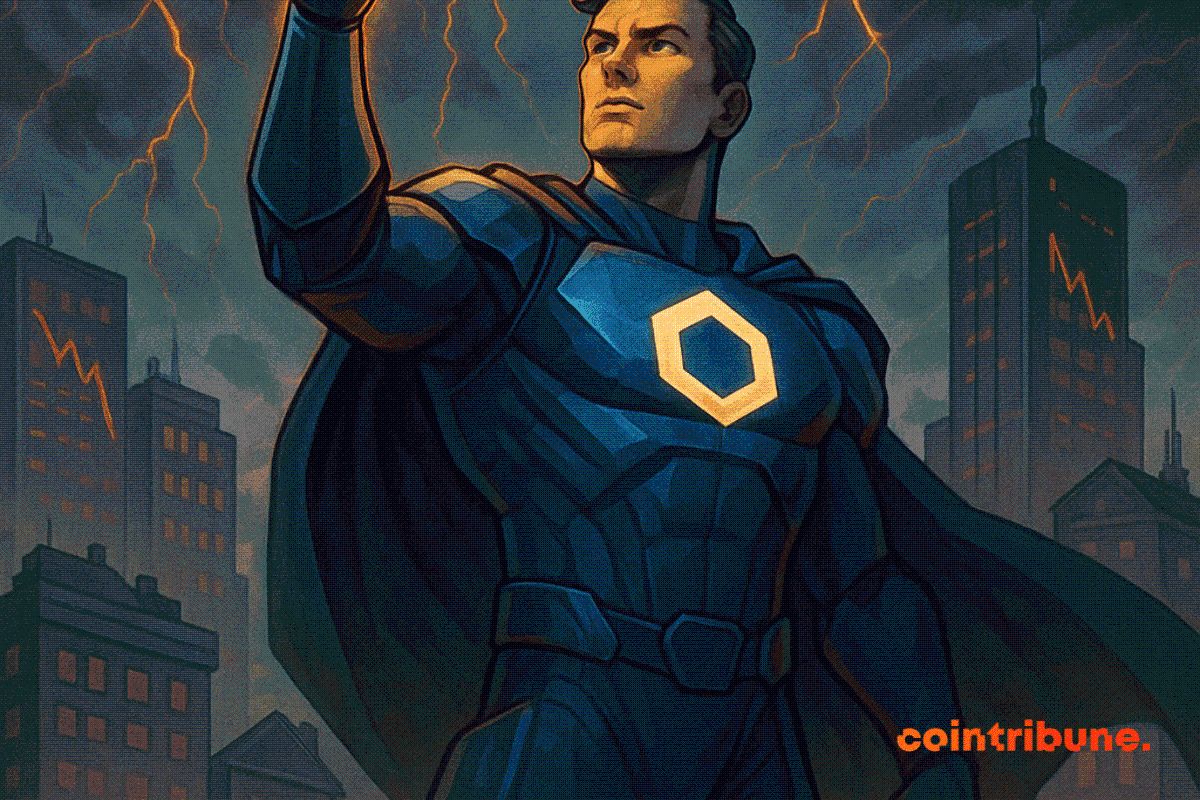The Democratization of Finance in the Web3 Era: Meme Coins and the Psychology of Collective Investment
- Meme coins like Dogecoin and Shiba Inu challenge traditional finance by leveraging social media-driven FOMO and community identity. - Decentralized platforms enable mass creation of tokens (e.g., Pump.fun), flooding markets with speculative assets tied to attention rather than utility. - Volatility and lack of fundamentals make meme coins high-risk bets, requiring strict risk management despite their democratizing appeal to retail investors. - Psychological factors like celebrity endorsements and cultura
The rise of meme coins in the Web3 era has redefined the boundaries of digital finance, challenging traditional notions of value creation and investor behavior. Tokens like Dogecoin (DOGE) and Shiba Inu (SHIB), once dismissed as internet jokes, now occupy a unique space in the global financial landscape. Their success—or failure—reveals profound insights into the psychology of decentralized markets and the democratization of investment.
The Behavioral Drivers of Meme Coin Mania
Meme coins thrive on a cocktail of psychological factors that transcend conventional financial metrics. At the core is fear of missing out (FOMO), a phenomenon amplified by social media platforms like Reddit , Twitter, and TikTok. When a token like Pepe (PEPE) surges in trading volume, it triggers a cascade of speculative activity. Retail investors, often young and tech-savvy, are drawn to the allure of rapid gains, even as fundamentals remain absent. This dynamic is not new; it echoes the 2021 GameStop frenzy, where collective action defied institutional norms.
Emotional investment further fuels this cycle. Meme coins are not merely assets—they are cultural symbols. Dogecoin, for instance, has become a totem of community-driven finance, with its Shiba Inu mascot and lighthearted ethos. Investors form identities around these tokens, creating a sense of belonging that overrides rational risk assessment. This emotional attachment is reinforced by endorsements from figures like Elon Musk, whose tweets can send DOGE's price soaring or plummeting within hours.
Market Dynamics: Decentralization and the Attention Economy
The Web3 era has lowered barriers to entry for both creators and investors. Platforms like Pump.fun on the Solana blockchain allow anyone to mint a meme coin for a few dollars, democratizing the process of asset creation. This accessibility has led to a flood of tokens, from the whimsical (e.g., $LBRETT) to the politically charged (e.g., MAGA and KAMA tokens). The result is a hyper-competitive market where attention is the primary currency.
The attention economy operates on a simple principle: value is derived from visibility. A meme coin's price often correlates with its social media traction rather than its utility. For example, SHIB's recent 48,000% surge in burn rate—a deflationary tactic—generated headlines but did little to offset its 80% price drop since 2021. Yet, the token's cultural relevance persists, sustained by a community that views it as a shared project rather than a mere investment.
Decentralized infrastructure also plays a role. Blockchains like Solana and Base offer low-cost, high-speed transactions, enabling meme coins to scale rapidly. This scalability, however, breeds volatility. When a new token like PEPE overtakes DOGE in trading volume, it signals a shift in market sentiment, often without a clear catalyst. Such dynamics make meme coins inherently speculative, yet they also highlight the power of decentralized networks to empower grassroots innovation.
The Risks and Rewards of a New Financial Paradigm
For investors, meme coins present a paradox: they democratize access to finance but amplify the risks of speculative bubbles. The lack of regulatory oversight and technical utility means valuations are driven by sentiment, not fundamentals. A token's price can skyrocket overnight due to a viral tweet or a celebrity endorsement, only to collapse when interest wanes.
This volatility demands a nuanced approach. For those with a high-risk tolerance, meme coins can offer exposure to the attention economy's potential. However, the absence of intrinsic value means losses are inevitable for many. Diversification and strict risk management are critical. Investors should treat meme coins as a small portion of their portfolio, akin to a high-risk, high-reward speculative bet.
Strategic Considerations for the Web3 Investor
- Understand the Psychology: Recognize that meme coins are driven by FOMO, herd behavior, and emotional attachment. Avoid chasing trends without a clear exit strategy.
- Leverage Data: Monitor social media sentiment and trading volume trends. Tools like on-chain analytics can reveal whale activity and accumulation phases.
- Diversify: Allocate only a fraction of your portfolio to meme coins. Balance speculative bets with more stable assets like blue-chip cryptocurrencies or DeFi protocols.
- Stay Informed: Follow developments in blockchain infrastructure. Projects that integrate utility (e.g., staking, governance) may outperform pure meme tokens in the long run.
Conclusion: A New Frontier in Finance
Meme coins are more than a fad; they are a symptom of a broader shift in how value is perceived in the digital age. By democratizing access to finance and leveraging the power of community, they challenge traditional gatekeepers and redefine what it means to invest. Yet, their success hinges on the same psychological forces that make them volatile. For investors, the key lies in balancing participation with prudence—a lesson as old as finance itself.
As the Web3 era evolves, meme coins will likely remain a contentious but influential force. Their future will depend not on their utility but on their ability to capture the collective imagination—a reminder that in decentralized finance, the most valuable asset may be human attention itself.
Disclaimer: The content of this article solely reflects the author's opinion and does not represent the platform in any capacity. This article is not intended to serve as a reference for making investment decisions.
You may also like
Kiyosaki Predicts Massive Money Printing

ETF Canary Launch Has Little Impact On XRP

Chainlink Dominates RWA With Technical Strength

Bitcoin Price Prediction: Short-Term Bounce On Cards, But With a Twist